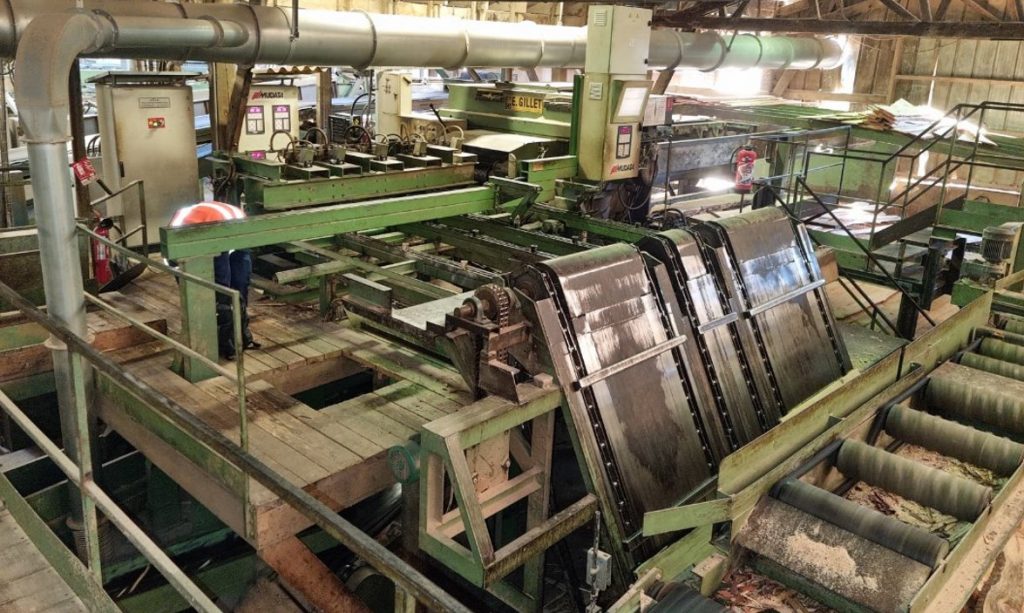Overcoming Obsolescence in the Wood Industry

Hamon, a company specialising in the manufacture of joinery, carpentry, formwork, and packaging in the Côtes-d'Armor region of France, called upon Actemium Rennes to modernise a delignating machine dating back to 1998.
OVERCOMING OBSOLESCENCE
This machine, used to cut wooden planks to uniform dimensions and quality, had become obsolete in terms of hardware architecture. A retrofit project for this machine was therefore launched. Actemium Rennes mobilised a team of experts in IT, automation, and electrical engineering to propose a technical solution and project schedule that would allow the machine to be out of service during the sawmill’s annual production shutdown period.
REDUCING DOWNTIME WITH A DIGITAL TWIN
In order to minimise the time required for real-environment testing of the new automation programs, Actemium Rennes suggested the use of a digital twin. A digital twin is a precise 3D virtual replica of a physical system or process. It allows for the creation of a faithful virtual representation of an existing machine, accurately reproducing its characteristics, behavior, performance, and interactions with other systems.
The digital twin of the delignating machine made it possible to:
- Develop and test the new automation programs offline, without the need for the physical machine.
- Optimise the program code before its implementation on the real machine.
- Anticipate and resolve potential problems before they occurred during the real-machine tests.
SUCCESSFUL MODERNISATION
Thanks to the use of a digital twin, Actemium Rennes was able to significantly reduce the downtime required for the delignating machine modernisation project. The new automation programs were implemented without any major problems, and the machine is now operating at peak performance.

